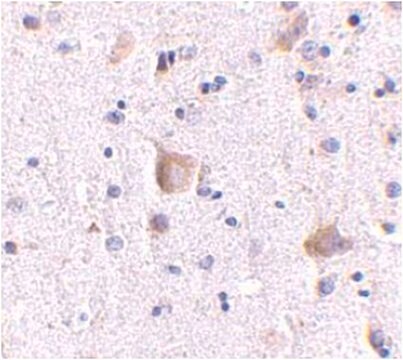09651
1-Chlorobutane
biotech. grade, for protein sequence analysis, ≥99.8%
Synonym(s):
Butyl chloride
About This Item
Recommended Products
grade
biotech. grade
for protein sequence analysis
Quality Level
vapor density
3.2 (vs air)
vapor pressure
80.1 mmHg ( 78.4 °C)
Assay
≥99.8%
form
liquid
autoignition temp.
860 °F
expl. lim.
10.1 %
impurities
≤0.01% water (Karl Fischer)
evapn. residue
≤0.0003%
refractive index
n20/D 1.402 (lit.)
n20/D 1.402
bp
77-78 °C (lit.)
mp
−123 °C (lit.)
density
0.886 g/mL at 25 °C (lit.)
suitability
corresponds for Infrared spectrum
in accordance for sequence analysis test
storage temp.
2-8°C
SMILES string
CCCCCl
InChI
1S/C4H9Cl/c1-2-3-4-5/h2-4H2,1H3
InChI key
VFWCMGCRMGJXDK-UHFFFAOYSA-N
Looking for similar products? Visit Product Comparison Guide
Packaging
Signal Word
Danger
Hazard Statements
Precautionary Statements
Hazard Classifications
Aquatic Chronic 3 - Asp. Tox. 1 - Flam. Liq. 2
Storage Class Code
3 - Flammable liquids
WGK
WGK 2
Flash Point(F)
10.4 °F - closed cup
Flash Point(C)
-12 °C - closed cup
Personal Protective Equipment
Choose from one of the most recent versions:
Already Own This Product?
Find documentation for the products that you have recently purchased in the Document Library.
Customers Also Viewed
Our team of scientists has experience in all areas of research including Life Science, Material Science, Chemical Synthesis, Chromatography, Analytical and many others.
Contact Technical Service











